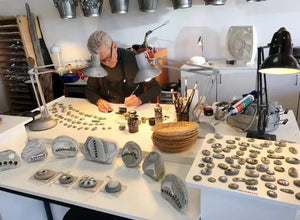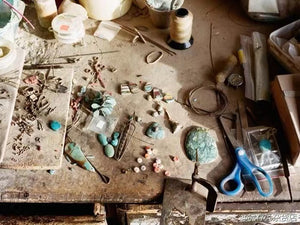What Happens When You Soak Turquoise in Water
Many friends will soak turquoise in water from time to time in the process of turquoise cultivation, which is called "replenishing water"! Is this approach correct? This is an incorrect way of farming! When does turquoise soak in water?
Learn about turquoise with the Crystal Dance of the Bodha Crystal House Family!
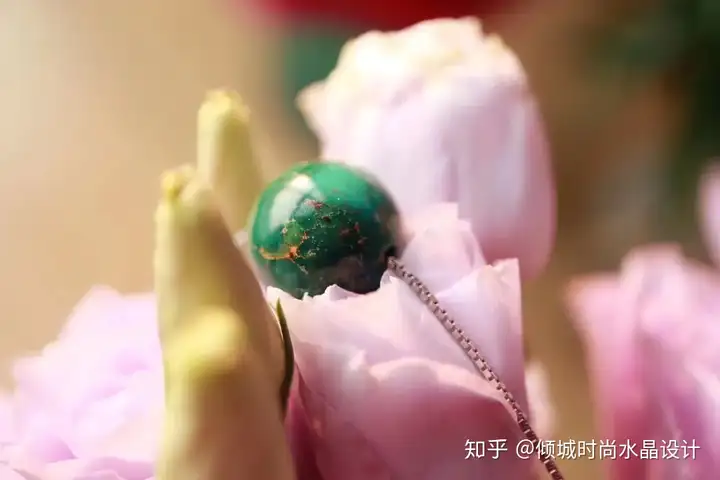
Turquoise can be touched with water, that is to say, in daily wear, if there is dirt on the surface of your turquoise video, it can be rinsed with clean water to remove the stain.
In fact, turquoise is a hydrophilic organic gemstone, in the daily wear and maintenance process, you need to pay attention to avoid exposure to the sun and high temperature, because exposure to the sun will lead to the loss of moisture inside the turquoise, resulting in turquoise fading and dry cracking, daily maintenance, turquoise can be soaked in water when not worn, so that turquoise attracts water, keep luster and moist.
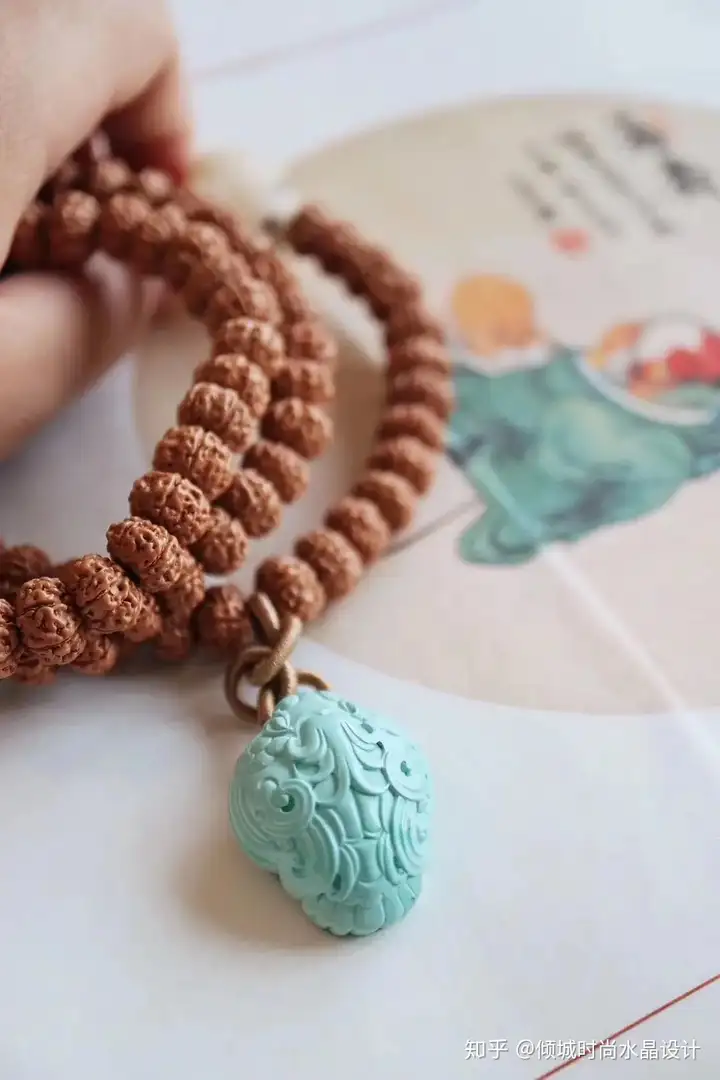
Since turquoise can be soaked in water, when should the turquoise be soaked in water?
Is it OK to soak in water before rearing?
Some people think that after turquoise is soaked in water, the color will change, which will affect the later slurry effect, and some people think that turquoise is soaked in water in the early stage, and the turquoise color will gradually become darker, and at the same time, it can also fill the void on the surface of turquoise, improve the smoothness of the turquoise surface, which is conducive to playing.
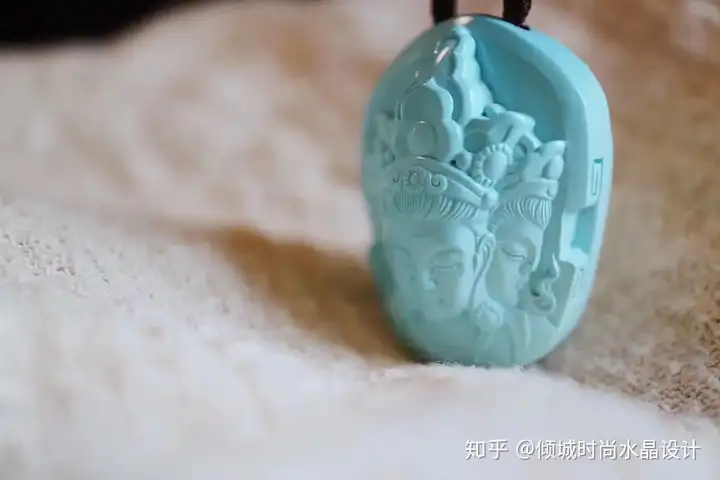
But soaking in water after just playing and soaking in water during the game is wrong! Because the "slurry" will be washed off!
In the process of turquoise, our sebum mixture penetrates into the inside of the turquoise through the surface void and fuses with the crystal, while the other part of the wax mixture precipitates into the surface layer of the turquoise and accumulates and solidifies into a transparent slurry layer similar to the crystal, which is commonly known as "slurry".
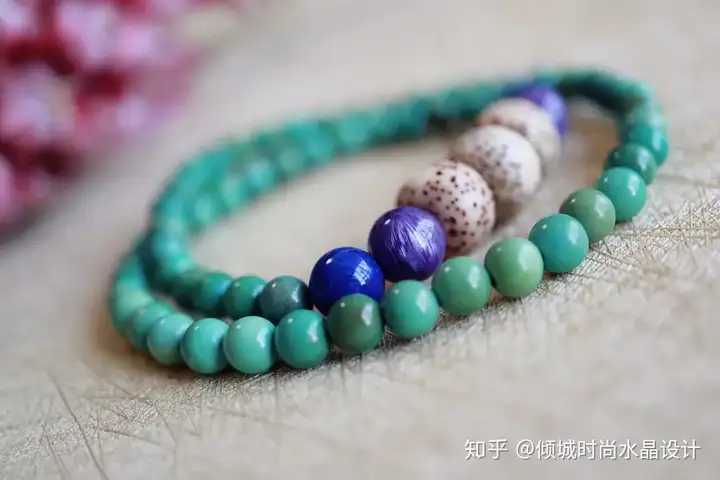
The slurry on the surface of the turquoise is discolored and the slurry is not cured (that is, before the "hanging porcelain") is an emulsion containing water molecules, and the concentration of water molecules in this state of turquoise soaked in water will "dilute" the emulsion in the surface slurry.
Generally, after starting to play with turquoise, it is best not to soak in water, if you feel that the turquoise plate is dirty, you can wipe it with a soft cloth dipped in some water, and you can do it.
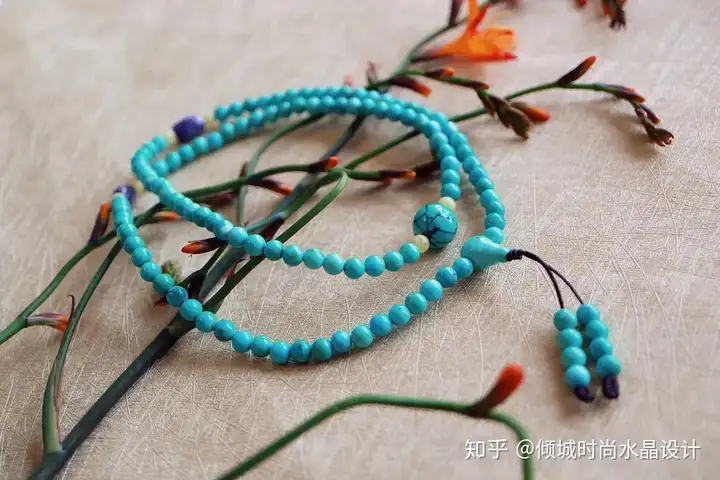
Turquoise likes water, and the color change of turquoise is also related to the water it contains, and turquoise is a kind of absorbent jade, and soaking in water is to better maintain turquoise. But don't get wet after getting on the hand, the discoloration of the plate with poor density will become unsightly and uneven!
Look at the new contact, crystal dance in the city.
The design in the article comes from the original designer of the high-end natural jewelry of the Boxin Jingshe family@Jingwu Allure, welcome to communicate.
Appreciate the Bodhitta Crystal House together. Crystal dancing turquoise design!
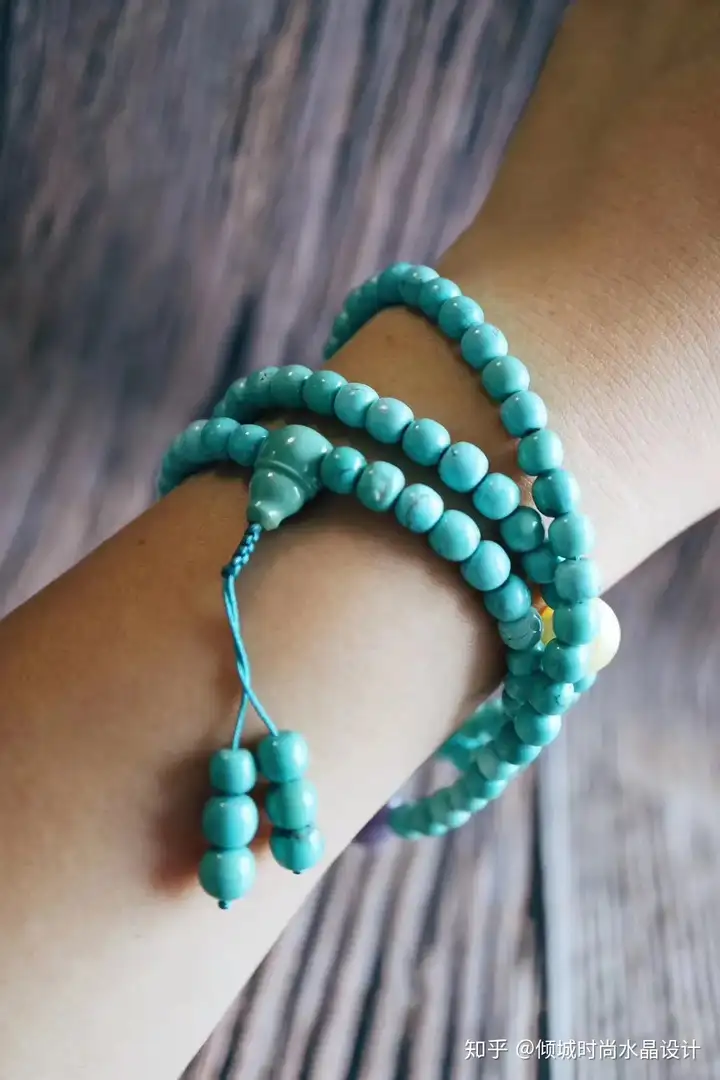
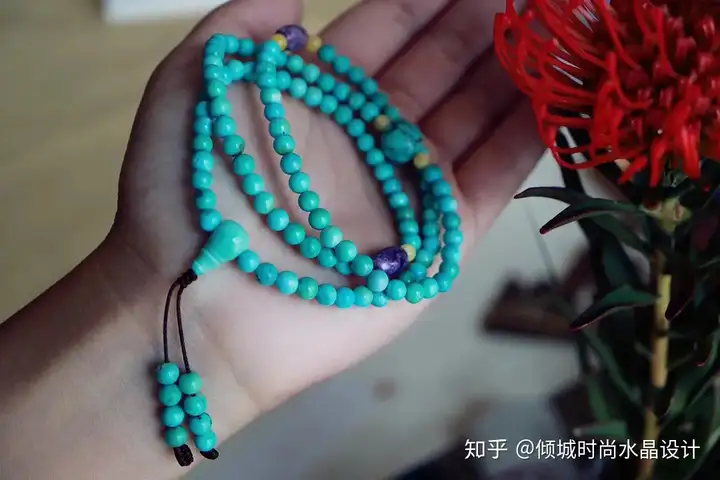
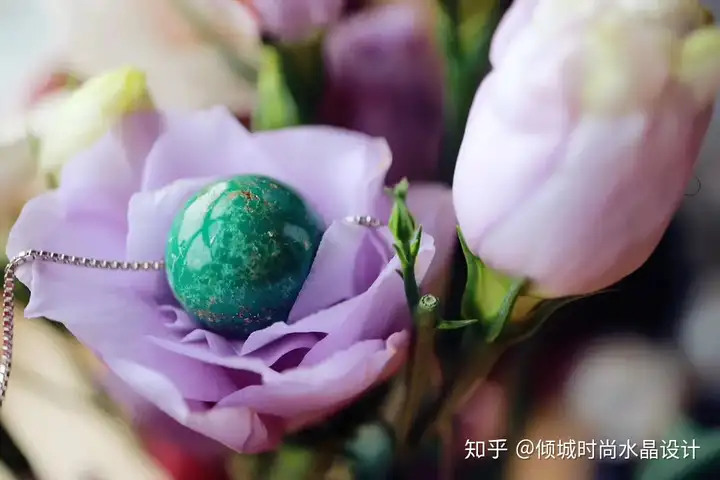
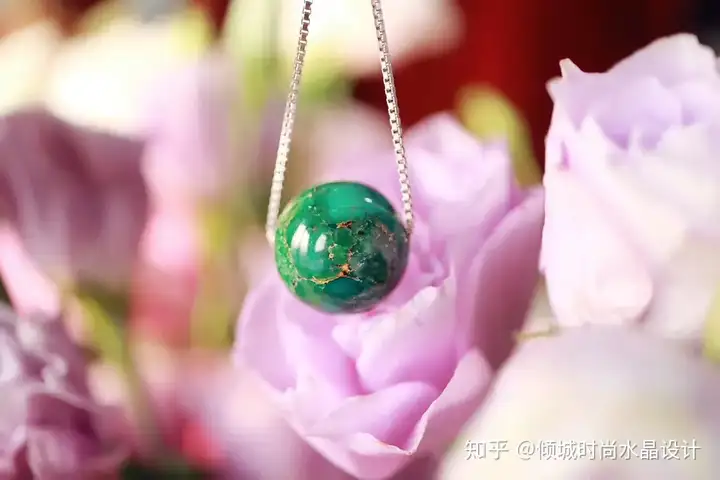
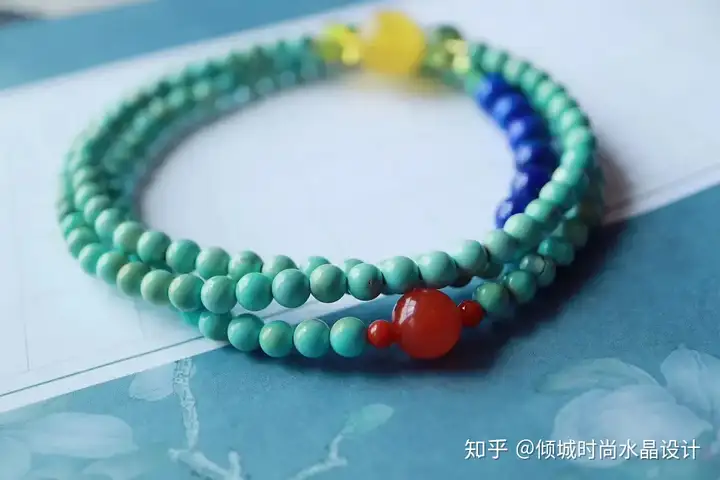
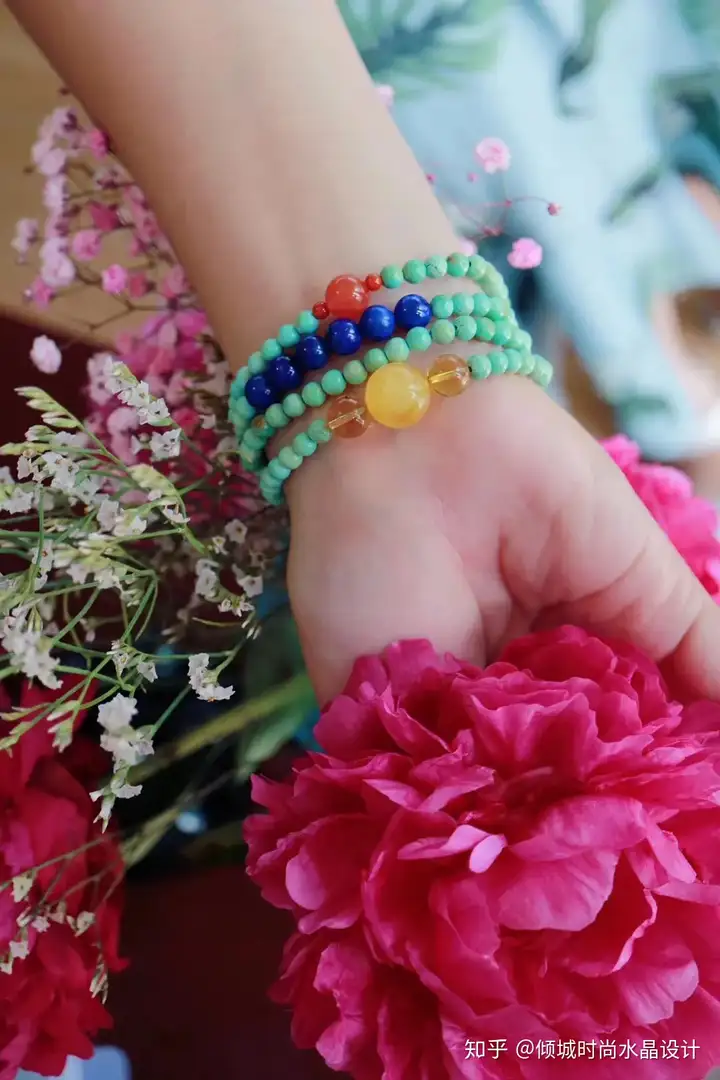
Understanding how to properly treat and care for turquoise is key in maintaining its vibrant colour and value. One common question that many turquoise enthusiasts have is whether they can soak turquoise in water during its cultivation process. This blog post delves into this subject, providing insights on when to and when not to soak turquoise.
Turquoise, with its beautiful, heavenly hue, has long been a favourite among gemstone lovers. It's often used in jewellery and ornamental crafts. However, the question of whether or not to soak turquoise in water can be a tricky one, as it depends on several factors. These factors include the quality and type of the turquoise, and the overall purpose of soaking.
Starting with the first factor, quality of turquoise, it is strongly recommended not to soak high-quality turquoise in water as it can lead to discoloration and a potential loss in value. Low quality or artificially coloured turquoise can withstand immersion in water better, but long-term soaking might eventually damage the stone.
The type of turquoise is another important factor. Some types are more porous and therefore might absorb water quickly, which can result in alterations to the color and overall structure of the stone. Others are less porous and can resist water absorption for longer periods of time.
In terms of purpose, if the purpose is to clean turquoise, it's advisable to use a soft, damp cloth instead of soaking the entire gemstone in water. This is because prolonged contact with water can cause damage over time.
Overall, the general advice to turquoise owners and cultivators is to avoid soaking the gemstone in water, especially for long periods of time. Instead, look for other methods to clean and care for your turquoise that are less likely to result in damage to the stone. Always remember to handle your turquoise with care to maintain its beauty and value. But remember, soaking them might do more harm than good.
You may need this










